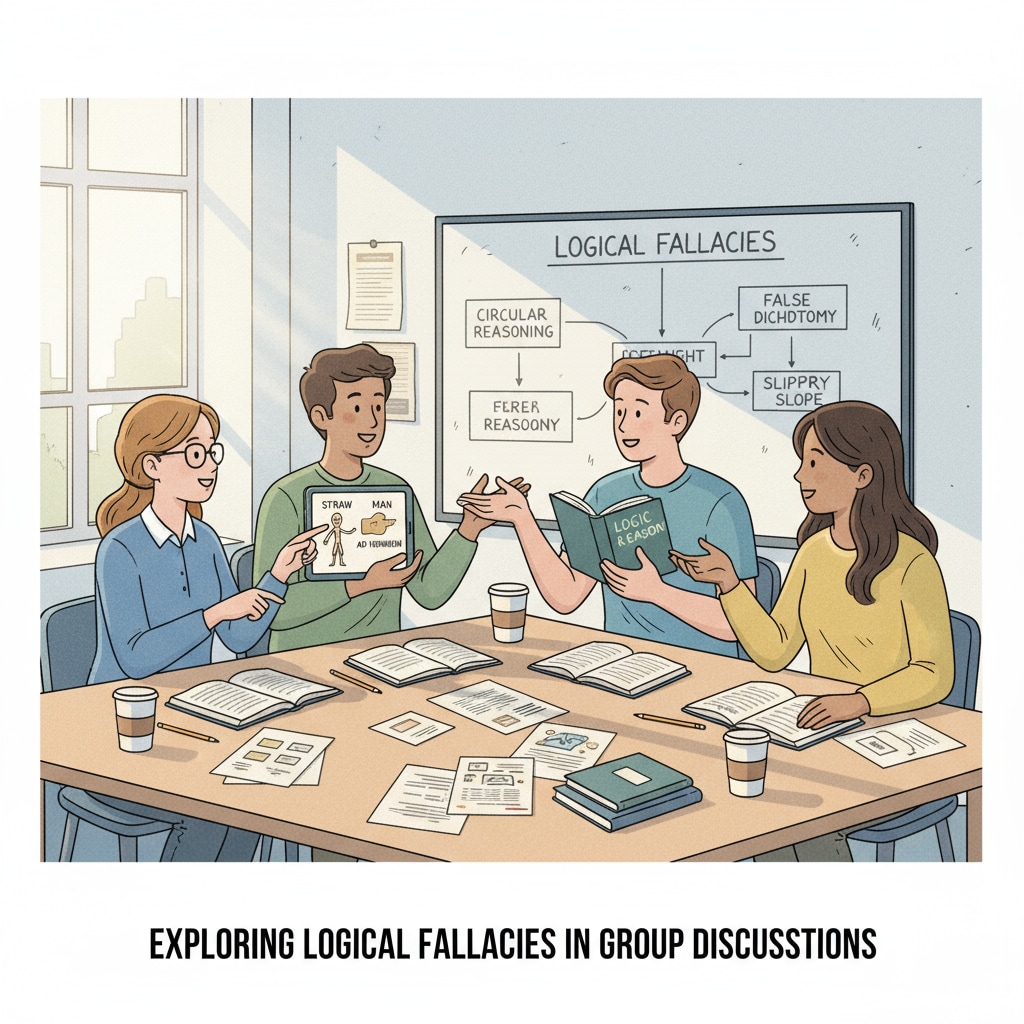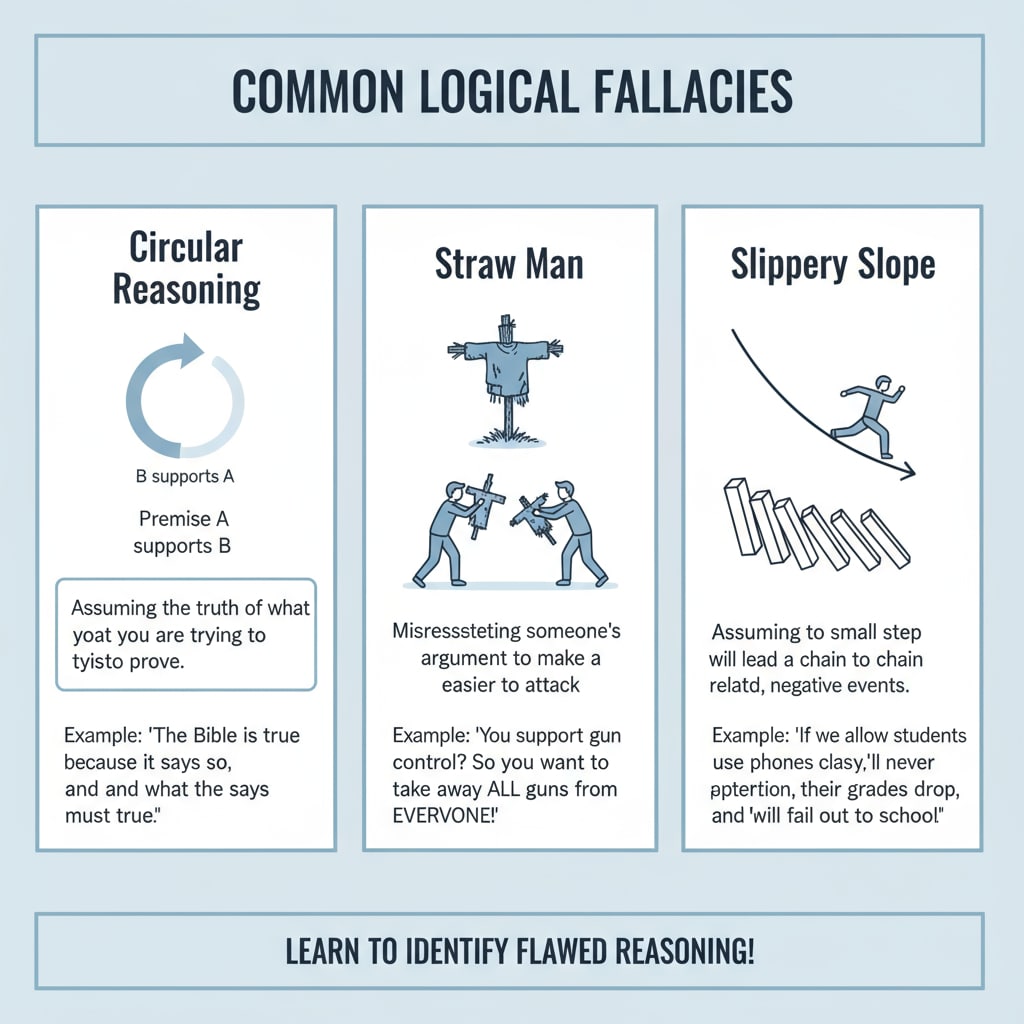In the context of the ongoing debate surrounding logical fallacies, critical thinking, and educational reform, it has become increasingly evident that high school education is in dire need of a significant overhaul. The modern world is inundated with a vast amount of information, much of which is filled with logical fallacies. These fallacies can mislead and manipulate individuals, making it essential for high school students to be equipped with the skills to identify and counter them.

By integrating logic fallacy courses into the high school curriculum, we can empower students to think critically and make informed decisions.
The Prevalence of Logical Fallacies in the Information Age
In today’s digital age, information is readily accessible, but not all of it is accurate or reliable. Logical fallacies, such as ad hominem attacks (attacking the person instead of the argument) and false dichotomies (presenting only two options when there are more), are everywhere. For example, in online debates, people often resort to personal insults rather than addressing the core issues. According to Wikipedia’s page on logical fallacies, these fallacies can distort the truth and prevent meaningful discussions. High school students, who are frequent consumers of online content, are especially vulnerable to being influenced by such fallacies. Therefore, it is crucial to teach them how to recognize and avoid these pitfalls.

The Role of Logic Fallacy Courses in Cultivating Critical Thinking
Logic fallacy courses play a vital role in developing students’ critical thinking abilities. When students learn about different types of fallacies, they are trained to analyze arguments carefully. They start to question the premises and assumptions underlying statements, rather than accepting them at face value. This process of critical analysis helps students become more discerning consumers of information. For instance, they can better evaluate the claims made in advertisements or political speeches. As stated in Britannica’s article on critical thinking, critical thinking is essential for problem-solving and decision-making. By incorporating logic fallacy courses into high school education, we are fostering the development of these crucial skills.
Moreover, understanding logical fallacies can enhance students’ ability to construct sound arguments of their own. When they are aware of the common mistakes in reasoning, they can avoid making them in their writing and speaking. This not only improves their academic performance but also equips them with valuable communication skills for the future.
Readability guidance: The above content is presented in a clear and concise manner, with short paragraphs and appropriate use of examples. The external links provide reliable sources of information. The images help to visually represent the concepts, making them more accessible to readers.


